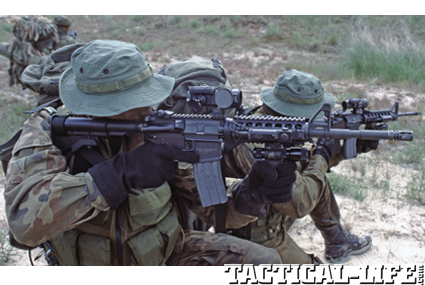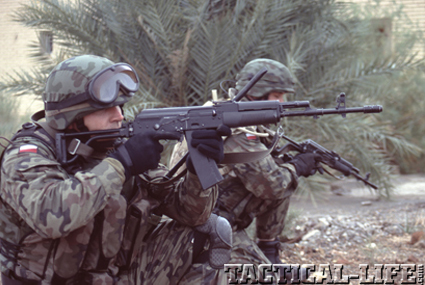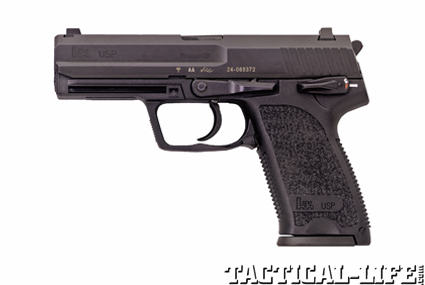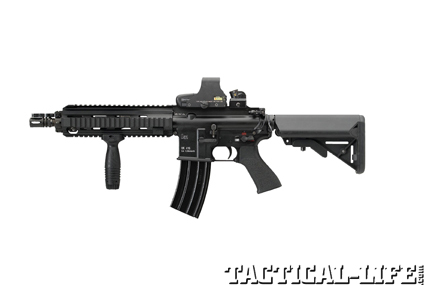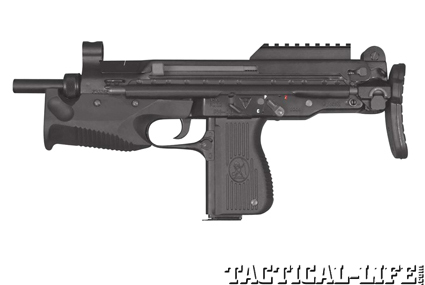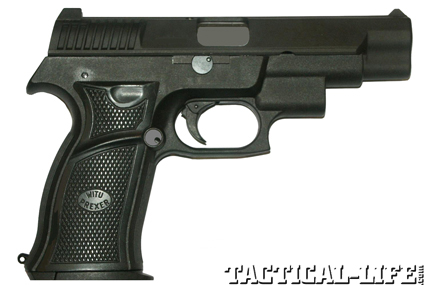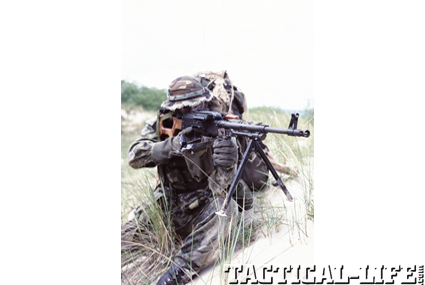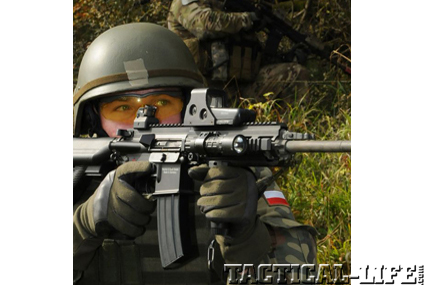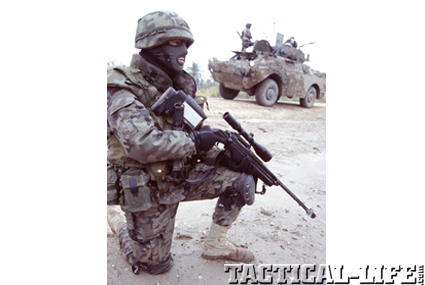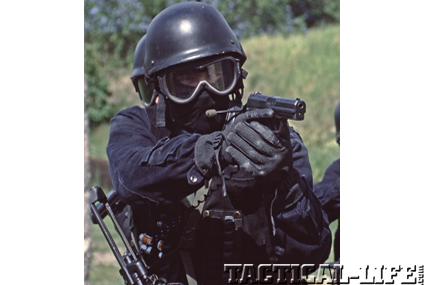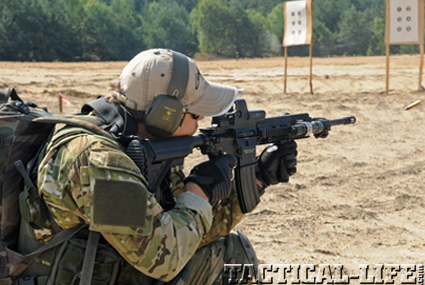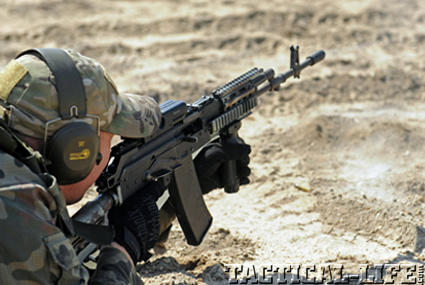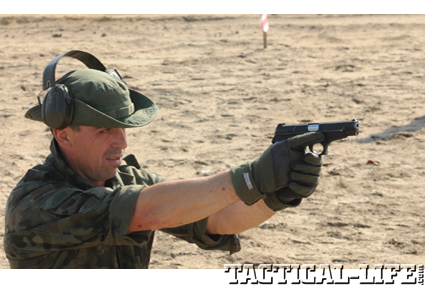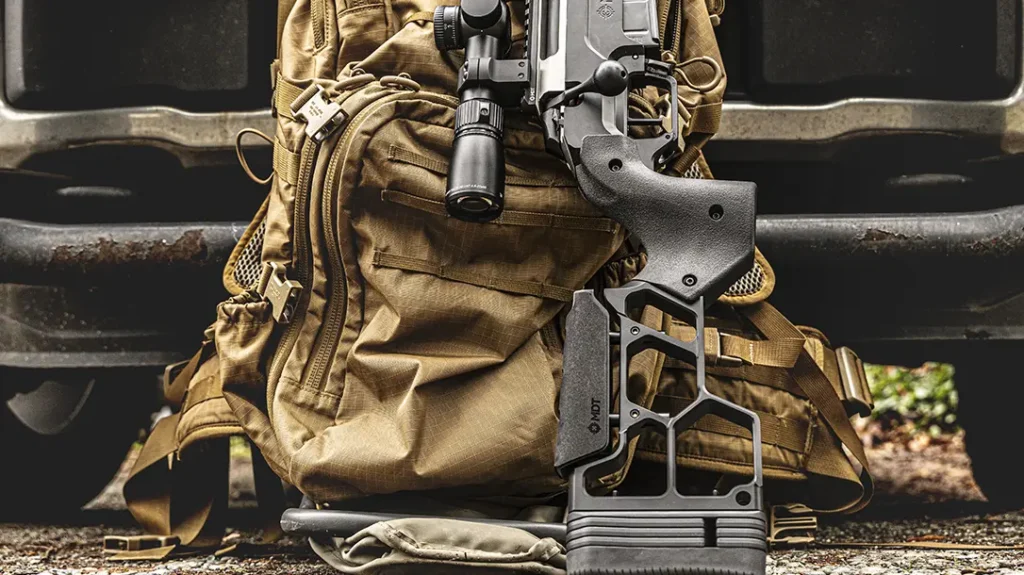Poland lies in the heart of Central Europe and has a great history as a nation that dates back to the 10th century. Unfortunately, this proud nation has faced several challenges to its sovereignty and independence over the centuries. Beginning in 1795, Russia, Prussia and Austria partitioned Poland among themselves. Poland regained its independence in 1918 following World War I, only to be invaded and occupied by Germany and the Soviet Union in World War II. Free Polish military units played a key role in the Allied victory, but sadly Poland became a Soviet satellite state following the war like so many of its neighboring countries. However, the independent spirit of the Polish people could not be broken, and nationalist activities such as the Solidarity movement of the 1980s played a big part in the eventual fall of Communist rule in Poland and all of Eastern Europe.
Flash Forward
Today, the Republic of Poland is a strong, independent democracy that is actively engaged in world affairs. In order to protect its sovereignty as a nation, Poland has formed a modern and well-equipped military. Poland joined NATO in 1999 and the European Union in 2004, so its armed forces have been organized to support both independent and multi-national operations. Prior to 1995, Poland had participated only in UN operations, and Polish contingents performed mainly logistical tasks. A Polish contingent participated in Operation Desert Storm in 1991. In 1992, Poland sent an operational battalion to take part in a peacekeeping mission in the former Yugoslavia, as part of the UN Protection Force (UNPROFOR). At the beginning of 1996, Poland—not yet a member of NATO—sent a military contingent to the Implementation Force (IFOR) in Bosnia and Herzegovina, as well as the later Stabilization Force (SFOR). It was the first time that Polish soldiers had participated in peace-enforcement operations.
The growing threat of terrorism has resulted in a gradual redefining of Poland’s involvement in international missions. An example of this was the 2002 deployment of a contingent to Afghanistan as part of Operation Enduring Freedom. That mission continues today, and a Polish component is an important part of allied forces supporting International Security Assistance Force (ISAF) operations. In 2003, Poland, the U.S., the United Kingdom, Australia and Denmark began Operation Iraqi Freedom in order to end the rule of Saddam Hussein’s regime in Iraq. After the fall of Saddam Hussein, Poland continued its support and took part in the multi-national stabilization mission that followed. Polish military forces commanded the Central-South Zone as part of the international force in Iraq up to their 2008 withdrawal. Currently, Poland is participating in 14 international operations carried out under the auspices of the UN, NATO and the European Union.
Advertisement — Continue Reading Below
Polish Armed Forces
Today, the armed forces of Poland has a strength numbering just under 100,000 troops and is composed of five service branches, including the Land Force, Navy, Air Force, Military Police and Special Forces. The main combat power of the Land Force is found in the combined arms brigades made up by a mix of mechanized, armored, air-mobile, airborne, coastal defense and light infantry units. Combat support forces and specialized units include reconnaissance, helicopter, artillery, anti-tank artillery, sappers, anti-aircraft, engineering, chemical and logistics.
The Polish Navy defends the country’s sea frontiers, protects shipping and carries out operations supporting Poland’s maritime interests. Additional Navy missions include supporting the Border Guard in protecting the country’s sea borders and marine economic zone as well as taking part in search and rescue operations in Polish waters. The Polish Navy also takes part in allied operations outside of Poland. Poland’s Air Force operates the national air defense system, which is integrated with the NATO air defense system. The Polish air defense system uses Lockheed Martin F-16 and MiG-29 fighter aircraft as well as surface-based missiles. Various other combat and transport aircraft, such as a helicopter force, support the full spectrum of military operations, including the support of Polish soldiers in Afghanistan.
The Military Police, or Gendarmerie, is a separate, specialized service within the structure of the Polish armed forces. The main tasks of the Military Police include enforcement of military discipline, detection of crime, criminal investigations and force protection. The Military Police also participate in peacekeeping and stabilization missions as a part of Polish military contingents. Its soldiers also serve on individual assignments on observer missions.
Advertisement — Continue Reading Below
The country’s Special Forces carry out operations in conditions and situations when the use of conventional forces is not possible or is not desired for political, military, operational or technical reasons. The Polish Special Forces is composed of three distinct special units. The 1st Special Regiment is similar to the U.S. Army Ranger regiment and the UK Royal Marine Commandos. The unit is characterized by a very high level of training in techniques such as helicopter assaults, patrolling, ambushes, amphibious assaults and parachuting. Soldiers of the 1st Regiment are also trained in activities such as intelligence data collection, reconnaissance, direct action raids and hostage rescue. Another unit is the Sea Special Operations Section or Formoza. It was founded in 1974 as the Navy divers research group. Formoza is essentially a combat diver unit that carries out reconnaissance, underwater demolitions, sabotage and maritime raids. Formoza missions are comparable to those of U.S. Navy SEAL Teams and Naval EOD.
The third Special Forces unit is known as the Operational Maneuver Response Group, or GROM. It was founded in 1990 and organized based on American and British special operations forces. In 1994, it participated in the multi-national mission in Haiti as well as in the search for war criminals in the former Yugoslavia. GROM performs high-risk reconnaissance and direct action tasks. Its members also have skills useful in complex operations aimed at rescuing hostages from terrorists. They also conduct maritime operations using small boats and are capable of boarding and seizing vessels and structures such as oil-drilling platforms. GROM operates in four-person teams, with each soldier trained in parachuting, diving and many other special operations techniques. GROM soldiers train together with the best special units in the world, and they are comparable to the American Delta Force or British SAS.
Beryl Rollout
Poland’s conventional and special operations forces currently use a wide variety of individual and tactical weapons. For many years, Poland standardized its small arms based on the Soviet and Warsaw Pact model. As a result, assault rifles were chambered to fire the 7.62x39mm or the later 5.45x39mm cartridges. Sniper rifles and light machine guns used the 7.62x54mm cartridge while submachine guns and pistols used the 9x18mm Makarov cartridge. Poland’s military industry produced local variants of many Soviet small arms as well as domestically designed firearms. After the fall of Communist rule, Poland began to cooperate with NATO and became a full NATO member in March 1999. As a result, the armed forces of Poland have embarked on a program to adopt small arms that meet NATO standards.
The last Soviet-era assault rifle used by Poland was the domestically produced Model 88 Tantal assault rifle chambered in 5.45x39mm. The Model 88 Tantal (also known as the wz. 88 or wzor 88—the Polish word “wzor” translates as “pattern” or “model”) was produced between 1988 and 1994. A carbine version known as the Oynx was also produced between1989 and 1994. Small arms manufacturer Archer-Radom, a subsidiary of the BUMAR Group, began to develop a new rifle that would fire 5.56x45mm NATO ammunition. In 1996, the Model 96 Beryl assault rifle was introduced and underwent testing by Poland’s Land Force. After successfully passing the trial process, the Model 96 Beryl was formally adopted by Poland as its standard assault rifle in 1998. A carbine version known as the Mini-Beryl was also adopted.
Advertisement — Continue Reading Below
The Model 96 Beryl assault rifle is a select-fire weapon of conventional layout based on the simple and robust Kalashnikov operating design. It is designed for both regular infantry and airborne troops and features an adjustable telescopic stock. An optional side-folding stock is also available. Factory sights are open, U-notch types fitted with integrated tritium, enabling accurate fire both in low light and at night. A Picatinny accessory rail atop the receiver allows for the use of a wide range of optics, such as the commonly used EOTech holographic weapon sight. An integrated rail interface on the forend accepts vertical foregrips, lights and laser aiming modules. The Beryl has a rifle-grenade capability with bullet-trap grenades, enabling live rounds to be used for launching.
An integrated, under-barrel grenade launcher is also produced domestically for use with the Beryl. Tarnów Mechanical Plant, another subsidiary of the BUMAR Group, manufactures the GP Model 2001 grenade launcher. The GP fires most NATO-standard 40mm grenades. Grenade types include high explosive, smoke, illumination and signaling flares as well as a variety of less-lethal rounds. A standalone grenade launcher known as the GS Model 2001 is also in widespread use.
More Weapons
Although Special Forces units make extensive use of the Beryl and Mini-Beryl assault rifles, they also make use of foreign-manufactured designs. One of the first rifles used was the Bushmaster M4A3-type carbine, which was often fitted with an M203 grenade launcher. GROM operators have also used the Knight’s Armament SR-16 carbine, which proved itself in difficult environments. More recently, GROM has also added the German Heckler & Koch HK416 to its inventory. The HK AG-C/EGLM 40mm grenade launcher is used in conjunction with the HK416 as well as in a standalone configuration. The Model 96 Beryl, Mini-Beryl, Bushmaster M4A3, KAC SR-16, and HK416 have all seen extensive combat use with Polish forces in Iraq and Afghanistan.
Sniper rifles, submachine guns and pistols have also been upgraded. The Soviet-era Dragunov SVD has been replaced by the Finnish Sako TRG-21 bolt-action sniper rifle chambered in 7.62x51mm NATO. The Sako rifles offer far greater accuracy when compared to the legacy SVD. For special applications, the WKW Tor sniper/anti-matierel rifle chambered in .50 BMG and made by the Tarnów Mechanical Plant is used. Archer-Radom PM-06 and PM-98 submachine guns in 9mm NATO have largely replaced similar legacy weapons that fired the 9x18mm Makarov cartridge. Poland’s current standard pistol is the Prexer WIST-94 in 9mm. The WIST-94 is a Polish design that was developed by a team of engineers from the Military Institute of Armament Technology in Zielonka. Development of the pistol began in 1992, and it was formally adopted for service in 1998. A variant with an integral laser sight called the WIST-94L is also in use. Special Forces also use several variants of the HK MP5 submachine gun as well as the HK USP pistol—all in 9mm.
Advertisement — Continue Reading Below
When heavy firepower is needed, Polish troops use a mixture of crew-served machine guns. The Tarnów Mechanical Plant supplies the UKM-2000 family of general -purpose machine guns in 7.62x51mm. The UKM-2000P is the standard infantry version, and the more-compact UKM-2000D is used by airborne and air assault troops. FN Minimi light machine guns in 5.56mm are used by special operations forces. The Tarnów Mechanical Plant also makes the hard-hitting WKM-B heavy machine gun in .50 BMG, which is used on vehicles and as a tripod-mounted weapon in the field.
The people of Poland hold the ideals of freedom and independence close to their hearts. Poland’s Land Force, Navy, Air Force, Military Police and Special Forces stand ready to defend those ideals at home and promote peace around the world.
